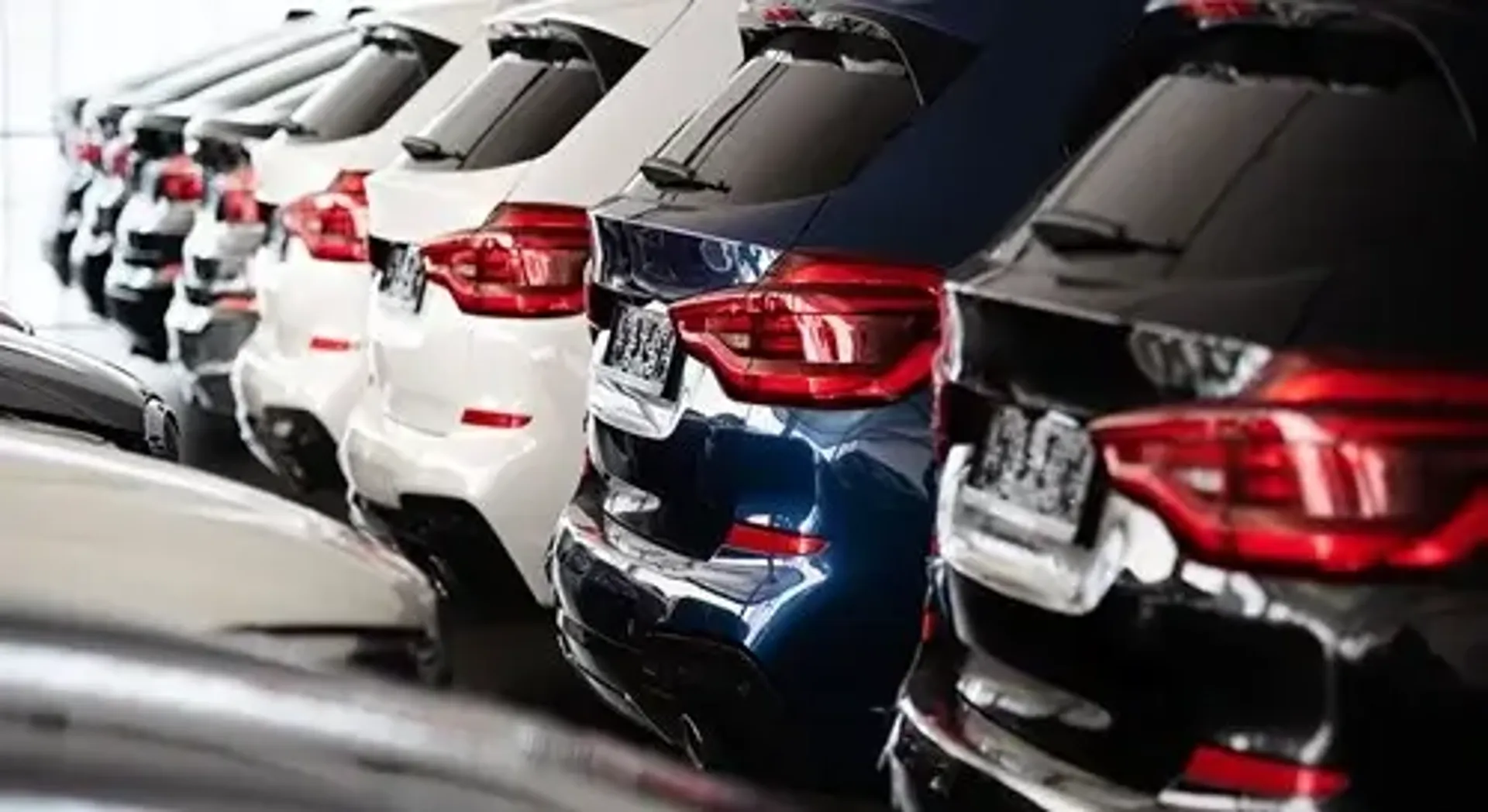
Used or new fleet? The answer might not be as obvious as you think
It’s tough out there, so the best business fleet managers are looking for ways to make the most of their margins. A spanking new fleet might be the stuff of dreams, but there’s a lot to be said for going down the used and nearly new vehicle route if you’ve got your wits about you.
Why buy used?
Beat instant depreciation: The second you leave the garage forecourt your van or car loses up to 20% of its value. Used vehicles preserve your investment.
Make cost savings: Find the right vans with the right mileage and year and you’ll pay around 30% less than new, putting thousands back in your pocket while still enjoying a great drive.
Get cheaper insurance: The lower market value of used vehicles means around a 20% reduction in the cost of insurance, which soon adds up.
Do your research
You might have a warhorse that’s done the job for years and want to update it. Start by checking average market prices of newer used models on reputable websites such as Kelley Blue Book, Edmunds or Autotrader. Be accurate with the make, year, mileage and condition to get the best guide.
The gov.uk website lets you check if a vehicle passed or failed its last MOT, the mileage and date of the next test. Vehicle history reports reveal a vehicle’s health over the years so make sure there are no anomalies as well as ensuring the seller’s reviews are sound before you visit. To save the time of a wasted trip, ask the garage to share the vehicle history reports before you turn up.
Physical Inspection
Actively look for signs of wear and tear in the engine and transmission. Ask one of your mechanical team to join you to share their expert knowledge.
Watch out for excessively high mileage vans – they’ll need more frequent and expensive repairs – and ask questions if maintenance records show servicing gaps. Cross ref any accident history your earlier checks have uncovered with repairs and look beneath for signs of rust and corrosion. Test the lights, windows and even wipers – electrics can be pricey to diagnose and repair.
Don’t be shy when you try
Is your fleet mainly used for stop-go city driving or long-distance motorway runs? Make sure you’re clear about wanting to test the vehicle’s acceleration and braking in the conditions you’ll need it for. That way you can assess highway stability, noise levels and cruising speed fuel efficiency.
A heavily congested rush hour drive will give you an idea of comfort and handling, as well as manoeuvrability and parking in tight spaces. If you’re feeling brave and want to buy several, ask to load the van with a typical cargo to see how the engine and suspension holds up.
Weather can also be a factor – check fuelGenie’s autumn driving tips checklist here.
Negotiate hard
Knowing the market value and how much you want to spend will get the best deal on single or multiple vehicles. Having detailed information on the van's market value, history and similar listings’ prices strengthens your position.
Once you’ve set the highest figure you're willing to pay in your head, start low and don’t go above it to avoid emotional overspending. After an inspection and test drive, use any issues to drive the price down, pointing out any essential repairs or maintenance.
… be prepared to walk away
Be pleasant and professional and use silence when the seller makes a counter offer – If they don’t, try to negotiate extras like an extended warranty or new tyres. If all else fails and you’ve followed the guidelines, walk away. It often prompts the seller to think again.
Red flag checklist
Essentially if the seller can’t or won’t go along with any reasonable requests from the list above, it could mean a problem or undisclosed issues.
A price that looks too good to be true probably is. That and evasiveness, lack of paperwork, unusual payment methods or multiple recent owners are other alarm bells.
Getting the deal done
In the relief at getting the best possible deal, it’s all too easy to neglect the end-of-deal paperwork. It makes the transaction formal, protects your interests and ensures legal compliance.
Key documents include bill of sale, title transfer, warranty information, maintenance records and inspection reports. The right paperwork protects your investment, helps when you want to sell vehicles on and is good fleet management practice.
Conclusion: Pros and cons
As well as reducing your outlay, lowering insurance and avoiding depreciation, the repair and replacement part bills for used vehicles tend to be less – and they’re also not so attractive to thieves. In the wake of Covid there are also more used vehicles on the market. That means greater choice and better value for money when it comes to trim quality and features.
On the flip side it’s worth weighing up the slightly shorter lifespan, lesser safety and tech features against the fact that most sensible fleet managers will have looked after their investment with regular servicing and maintenance schedules.


